Home>Garden Essentials>How To Do Your Own Landscaping
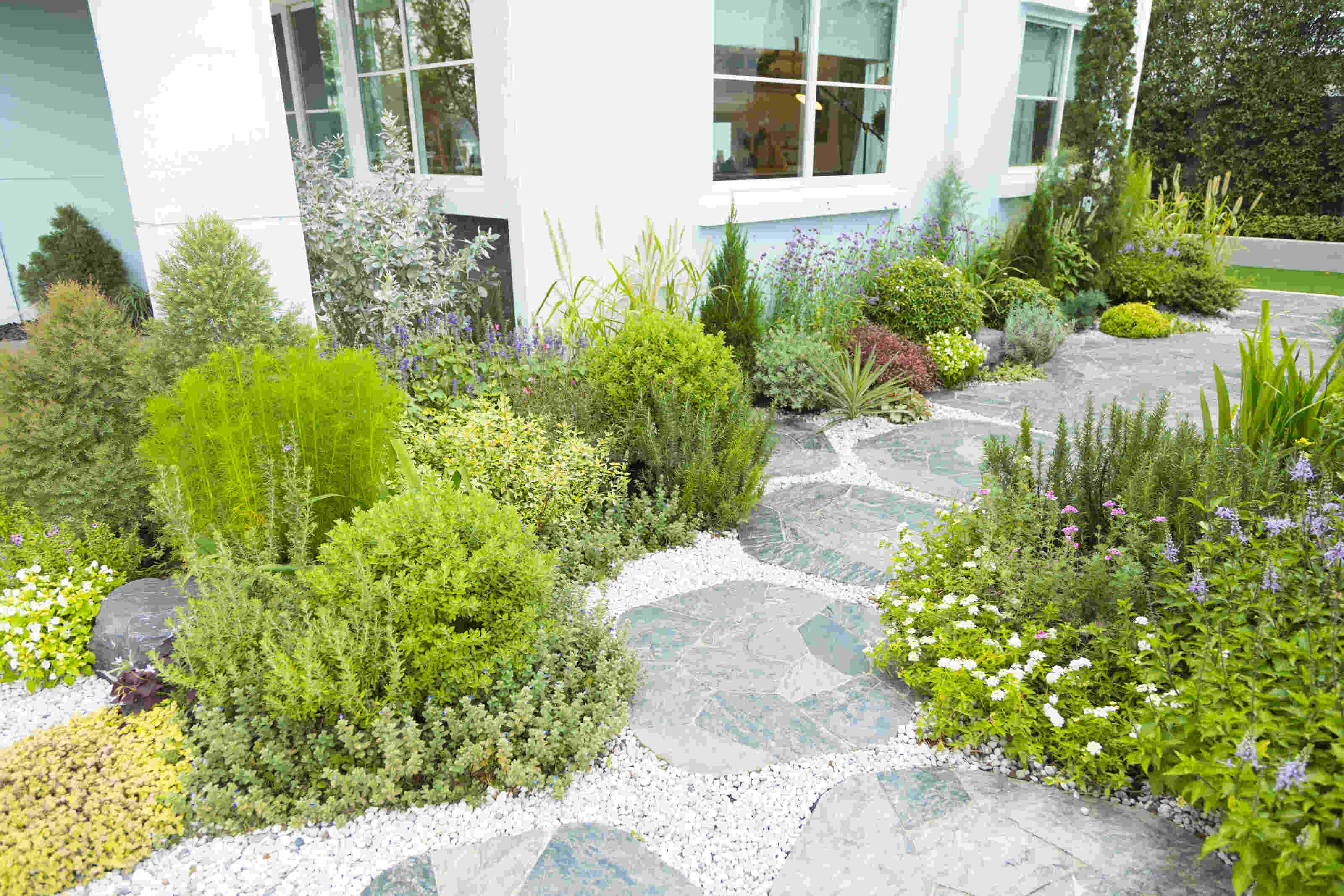

Garden Essentials
How To Do Your Own Landscaping
Modified: March 7, 2024
Learn how to transform your garden with our step-by-step guide on DIY landscaping. Take control of your outdoor space and create a stunning garden that reflects your personal style.
(Many of the links in this article redirect to a specific reviewed product. Your purchase of these products through affiliate links helps to generate commission for Storables.com, at no extra cost. Learn more)
Introduction
Welcome to the world of landscaping! Whether you have a small backyard or a sprawling garden, there’s nothing quite like taking a hands-on approach to create your own outdoor oasis. Landscaping is not only a great way to beautify your space, but it can also add value to your property and provide a peaceful retreat for you and your family to enjoy.
In this article, we’ll guide you through the process of doing your own landscaping, giving you the tools and knowledge you need to transform your outdoor space into a stunning masterpiece. So grab your gardening gloves and let’s get started!
Key Takeaways:
- Assess your outdoor space, set clear goals, create a budget, and develop a design plan to transform your landscape. Choose the right plants and materials, prepare the soil, and add finishing touches for a beautiful and sustainable outdoor oasis.
- Maintain your landscape by watering, weeding, pruning, and regular care. With patience and creativity, you can create a thriving outdoor space that reflects your style and meets your needs.
Read more: How To Do My Own Landscape Design
Assess Your Space
Before you start planning your landscaping project, it’s important to assess your space to get a better understanding of its characteristics. Take some time to observe and analyze your outdoor area, considering factors such as size, topography, soil quality, and existing features.
Measure the dimensions of your yard or garden, noting any slopes, uneven areas, or unique features like trees, rocks, or existing structures. This will help you determine how to best utilize the space and what modifications may be necessary.
Next, evaluate the amount of sunlight your space receives throughout the day. Different plants thrive in different light conditions, so understanding the sun exposure will guide your plant selection and placement decisions.
Consider the existing soil quality as well. Is it sandy, clay-like, or loamy? You may need to amend the soil to create a healthy foundation for your plants. A soil test can provide valuable insights into its pH level and nutrient content.
Finally, assess any existing features or structures that you may want to incorporate into your landscaping design. This could include patios, decks, water features, or even a vegetable garden. Take note of their location and condition to determine if they need any repairs or modifications.
By thoroughly assessing your space, you’ll have a better understanding of its unique characteristics and challenges, allowing you to tailor your landscaping plans accordingly.
Determine Your Landscape Goals
Once you’ve assessed your space, it’s time to determine what you want to achieve with your landscaping project. Take a moment to envision how you want your outdoor space to look and feel. Consider your lifestyle, interests, and priorities.
Are you looking to create a serene and peaceful retreat where you can unwind after a long day? Or perhaps you want to design an inviting entertainment area where you can host gatherings with friends and family. Your goals will heavily influence the design and layout of your landscape.
Think about the features and elements you would like to include in your design. This could range from pathways and flower beds to seating areas, water features, or even a pergola or gazebo. Sketch out some ideas or create a mood board to visualize your dream landscape.
It’s also important to consider the functionality of your outdoor space. Do you have children or pets who need open areas to play? Would you like to grow your own vegetables or herbs? Taking these factors into account will help you prioritize certain elements in your design.
Budget is another aspect to consider when determining your landscape goals. Your budget will dictate the scale of your project and the materials and plants you can afford. Be realistic about your financial resources and make sure to allocate funds for both the initial installation and ongoing maintenance.
Ultimately, by establishing clear landscape goals, you will have a roadmap that will guide your decision-making process as you move forward with your project. It will ensure that the end result is a space that aligns with your vision and meets your needs and desires.
Develop a Budget
Creating a budget is a crucial step in any landscaping project. It helps you stay organized and ensures that you allocate your resources efficiently. Before you start purchasing plants and materials, take the time to develop a comprehensive budget that covers all aspects of your project.
First, determine the total amount of money you are willing to invest in your landscaping project. This will be the overall budget that you will work with. Consider what you can realistically afford and be mindful of any additional expenses, such as landscaping tools or professional assistance, if needed.
Next, break down your budget into different categories, such as plants, materials, hardscaping elements, labor, and ongoing maintenance. Research the average prices of the items you need and allocate a specific portion of your budget to each category.
When budgeting for plants, consider factors such as size, species, and quantity. Larger plants and rare species may be more expensive than smaller, more common varieties. It’s also a good idea to include a contingency fund in your budget to account for unexpected expenses or changes to your original plan.
Don’t forget to factor in ongoing maintenance costs. This may include purchasing gardening tools, fertilizers, and pest control products, as well as potential expenses such as watering systems or professional lawn care services.
While it’s natural to want to save money, it’s important to strike a balance between cost and quality. Investing in high-quality plants and materials will ensure a more durable and long-lasting landscape. Moreover, consider the long-term benefits and potential return on investment that a well-designed and maintained landscape can bring to your property.
Regularly evaluate your budget as you proceed with your project to ensure that you are staying on track. Adjustments may need to be made along the way, but by having a well-planned budget, you will have a clear understanding of your financial limitations and can make informed decisions.
Remember, landscaping is a long-term investment, and developing a realistic and comprehensive budget will help you achieve your desired goals within your means.
Create a Design Plan
A well-thought-out design plan is the key to a successful landscaping project. It serves as a roadmap for the entire process, ensuring that you achieve your desired aesthetic and functionality. Here are some steps to help you create an effective design plan for your landscape:
1. Research and gather inspiration: Start by exploring different styles, themes, and landscaping ideas. Look through gardening magazines, browse online platforms, and visit botanical gardens or local nurseries for inspiration. Take note of elements that you find appealing and consider how they can be incorporated into your own design.
2. Consider the principles of design: Familiarize yourself with the fundamental principles of landscape design, including balance, proportion, unity, rhythm, and focal points. These principles will guide your design choices and ensure a cohesive and visually appealing result.
3. Create a rough sketch: Begin by sketching a rough layout of your outdoor space on paper or using a digital design tool. Include existing features, such as trees or structures, and mark areas where you envision different elements, such as flower beds, pathways, or seating areas.
4. Functionality and flow: Think about how you and your family will use the space and how different areas will flow together. Consider factors like privacy, accessibility, and ease of maintenance in your design. For example, you may want to place a patio closer to the kitchen for convenient outdoor dining.
5. Plant selection: Research suitable plant species for your climate and growing conditions, taking into account factors like sun exposure, soil type, and water requirements. Choose plants that complement each other in terms of color, texture, and height. Consider seasonal interest for year-round beauty.
6. Hardscaping elements: Determine what hardscaping elements, such as pathways, walls, or water features, you want to incorporate. Consider materials that harmonize with your overall design concept and are suitable for your specific climate and budget. Factor in maintenance requirements as well.
7. Balance and focal points: Strive for a well-balanced design that distributes visual weight evenly throughout the space. Introduce focal points, such as a statement plant, a sculpture, or a focal feature, to draw the eye and add interest to the landscape.
8. Sustainability and environmental considerations: Aim for an eco-friendly design by incorporating sustainable practices, such as using native plants, installing rainwater harvesting systems, and implementing efficient irrigation methods. This will not only benefit the environment but also reduce ongoing maintenance costs.
Once you have completed your design plan, review it and make any necessary adjustments. Seek feedback from others and consult with professionals if needed. Remember, a well-designed landscape should be functional, visually appealing, and tailored to your specific needs and preferences.
Read more: Who Owns Brightview Landscaping
Select the Right Plants and Materials
The plants and materials you choose for your landscaping project are essential in creating a beautiful and sustainable outdoor space. The key is to select varieties that are well-suited to your local climate, soil conditions, and maintenance preferences. Here are some tips to help you make the right choices:
1. Research local climate and growing conditions: Determine your hardiness zone to understand the temperature and weather extremes in your area. This will guide your selection of plants that can thrive in your specific climate. Consider factors such as average rainfall, frost dates, and sunlight exposure.
2. Choose native or adapted plants: Native plants are well-adapted to the local ecosystem and are generally easier to maintain. They are also beneficial for local wildlife and require less water and fertilizer compared to non-native species. Consider incorporating native or adapted plants that are aesthetically pleasing and support biodiversity.
3. Consider plant size and growth habits: Take into account the mature size and growth habits of plants to ensure they fit the available space. Avoid overcrowding and be mindful of potential obstructions, such as window views or walkways. Choose a combination of plants with varying heights, textures, and bloom times to create visual interest throughout the year.
4. Assess maintenance requirements: Be realistic about the level of maintenance you are willing to commit to. Some plants require regular pruning, fertilizing, or additional care, while others are low-maintenance. Consider your time and resources when selecting plants to ensure you can provide the necessary upkeep.
5. Quality over quantity: Invest in high-quality plants and materials that are suited to your design and budget. Look for healthy plants with vibrant foliage, free from pests or diseases. Choose durable materials like stone, wood, or composite materials for hardscaping elements that will withstand the test of time.
6. Consider sustainability: Choose plants and materials that align with sustainable practices. Opt for organic fertilizers and pest control methods, use mulch to conserve water and suppress weeds, and incorporate rainwater harvesting systems. This will help create a more environmentally friendly landscape and reduce ongoing maintenance costs.
7. Seek expert advice: Consult with local nurseries, gardening centers, or landscape professionals for guidance on plant selection and material choices. They can provide valuable insights into what works best in your specific region and offer recommendations for your desired design aesthetic.
Remember, the plants and materials you choose will ultimately determine the overall look, feel, and sustainability of your landscape. Take your time to research, plan, and select the right plants and materials to ensure a beautiful and thriving outdoor space for years to come.
When planning your landscaping, consider the local climate and soil conditions to choose plants that will thrive in your area and require less maintenance.
Prepare the Soil
Preparation of the soil is a crucial step in creating a healthy foundation for your plants. By optimizing the soil quality, you can improve nutrient availability, drainage, and overall plant health. Here are some steps to prepare your soil:
1. Remove any existing weeds or vegetation: Start by clearing the area of any unwanted weeds, grass, or plants. Use a garden hoe or shovel to remove the vegetation, ensuring that the roots are completely extracted to prevent regrowth.
2. Test the soil: Conduct a soil test to analyze the pH level and nutrient content of your soil. Home soil testing kits are available at garden centers, or you can send a sample to a professional laboratory for more detailed analysis. This will help you determine any necessary amendments.
3. Amend the soil: Based on the results of the soil test, you may need to add organic matter or other soil amendments to improve its structure and fertility. Organic matter, such as compost or well-rotted manure, can enhance nutrient retention, drainage, and microbial activity in the soil.
4. Dig and till the soil: Use a garden fork or tiller to loosen the soil to a depth of about 8-12 inches. This process helps break up compacted soil, improves aeration, and allows roots to penetrate more easily. Remove any stones, clumps, or debris as you work the soil.
5. Incorporate amendments: Spread the organic matter, compost, or other soil amendments evenly over the soil surface. Use a rake or shovel to mix the amendments into the top layer of soil. Aim for an even distribution, ensuring that the amendments are thoroughly integrated.
6. Level the soil: Smooth out the soil surface using a rake or a leveling tool. This will create a more even and uniform base for planting. Take the time to check for any low or high spots and make adjustments as necessary.
7. Water the soil: After preparing the soil, thoroughly water it to help settle the amendments and provide moisture to the plant roots. This will also help identify any drainage issues that need to be addressed before planting.
8. Allow the soil to settle: Give the soil some time to settle before planting. It is recommended to wait a few days to a week, depending on the soil conditions and weather. This will allow the organic matter to break down further and the soil structure to stabilize.
By adequately preparing your soil, you create an optimal environment for your plants to thrive. Investing the time and effort in soil preparation will pay off in the form of stronger, healthier plants and a more successful landscaping project overall.
Install Hardscaping Elements
Hardscaping elements such as pathways, retaining walls, patios, and water features can add structure, functionality, and aesthetic appeal to your landscape. Installing these elements requires careful planning and attention to detail. Here are some steps to follow when installing hardscaping elements:
1. Design and layout: Use your design plan as a guide to determine the placement and layout of the hardscape features. Consider factors such as traffic flow, focal points, and the relationship between different elements in your landscape.
2. Gather materials and supplies: Identify the materials and supplies you will need to complete the installation. This may include stones, pavers, concrete, sand, gravel, adhesive, and tools such as a wheelbarrow, shovel, level, and mallet. Make sure to choose materials that are suitable for your desired design and climate.
3. Prepare the area: Clear the area of any existing vegetation, debris, or obstacles that may interfere with the installation. Excavate and level the ground as needed to create a stable foundation for the hardscape elements.
4. Install the base: Depending on the type of hardscape element, you may need to create a base layer to provide stability and support. This can involve compacting the soil, adding a layer of crushed stone, or pouring a concrete base. Follow the manufacturer’s instructions and ensure that the base is level and properly compacted.
5. Lay the materials: Place the stones, pavers, or other hardscape materials according to your design plan. Use a level and mallet to ensure each piece is level and firmly in place. Maintain consistent spacing and alignment throughout the installation.
6. Secure the elements: Depending on the hardscape feature, you may need to secure the elements with adhesive, mortar, or joint sand. Follow the manufacturer’s recommendations for proper installation techniques and allow sufficient curing or drying time.
7. Add finishing touches: Once the main hardscape elements are installed, add any additional features such as border stones, edging, or decorative elements to enhance the aesthetic appeal. Consider adding landscape lighting to highlight your hardscape at night.
8. Proper drainage: Ensure that proper drainage is incorporated into the design to prevent water accumulation and potential damage to your hardscaping elements. Slope pathways away from buildings and use drainage systems, such as French drains or gravel trenches, if necessary.
9. Ongoing maintenance: Regularly inspect and clean your hardscape elements to prevent the buildup of debris, weeds, and moss. Repair any damage or settling as soon as possible to maintain the integrity of the installation.
Remember, hardscaping elements can significantly enhance the overall look and functionality of your landscape. Take your time during the installation process, and if necessary, seek professional help to ensure a successful and long-lasting outcome.
Plant Your Landscape
Planting is the exciting step that brings your landscape to life. It allows you to showcase your creativity while adding color, texture, and beauty to your outdoor space. Here are some steps to follow when planting your landscape:
1. Prepare planting holes: Dig properly sized holes for each plant, ensuring they are deep and wide enough to accommodate the root ball. Loosen the soil in the hole to encourage root growth and enhance water penetration.
2. Plant at the appropriate depth: Place each plant in its hole at the same level it was growing in its container or nursery. Avoid planting too deep as it can suffocate the roots, and planting too shallow can expose them to drying out.
3. Remove plants from containers: Gently remove plants from their containers, taking care not to damage the roots. If the roots are tightly bound, loosen them by lightly teasing or scoring the root ball.
4. Planting spacing: Follow the recommended spacing guidelines for each plant. Proper spacing ensures that plants have enough room to grow and allows for proper air circulation and sunlight exposure.
5. Backfill the hole: Fill the hole around the plant with soil, gently firming it to eliminate air pockets. Take care not to compact the soil too much, as this can hinder root growth and water absorption.
6. Watering: After planting, thoroughly water each plant to settle the soil and provide moisture to the roots. For the first few weeks, regular watering is essential to help plants establish and overcome transplant shock.
7. Mulching: Apply a layer of mulch around the base of each plant. Mulch helps retain moisture, suppresses weeds, and regulates soil temperature. Avoid piling mulch against the stem of the plants, as it can cause rot and other diseases.
8. Stake if necessary: If your plants are tall or prone to leaning, insert stakes and tie them with soft plant ties to provide support until they become established.
9. Caring for newly planted plants: Monitor your newly planted landscape carefully and provide ongoing care as needed. This includes regular watering, fertilizing, pruning, and protecting them from pests and diseases.
10. Regular maintenance: As your plants grow, continue to provide regular care and maintenance. This includes watering as needed, removing weeds, pruning or deadheading spent flowers, and replenishing mulch as it decomposes.
Remember, planting is not just about the placement of plants but also about creating a harmonious and balanced composition. Consider factors such as color combinations, textures, and heights to create visual interest and a cohesive overall design.
With proper planting techniques and ongoing care, your landscape will flourish and become a stunning showcase of nature’s beauty.
Read more: Who Owns Juniper Landscaping
Add Finishing Touches
Adding the finishing touches to your landscape can take it from good to great. It’s these small details that bring the design together and add that extra touch of beauty and uniqueness. Here are some ideas on how to add those finishing touches:
1. Decorative accents: Incorporate decorative elements such as statues, birdbaths, or garden art strategically throughout your landscape. These eye-catching pieces can serve as focal points and add personality and charm to your outdoor space.
2. Outdoor furniture: Choose comfortable and stylish outdoor furniture that suits your desired aesthetic and functional needs. Whether it’s a patio dining set, lounge chairs, or a cozy bench, the right furniture can transform your landscape into an inviting and cozy oasis.
3. Lighting: Outdoor lighting not only enhances the ambiance of your landscape but also improves safety and security. Incorporate a combination of functional and decorative lighting, such as pathway lights, spotlights, and string lights, to create a warm and inviting atmosphere in the evenings.
4. Garden edging: Define your garden beds by adding edging materials such as bricks, stones, or metal borders. Edging not only adds structure and visual appeal but also helps keep the garden beds separate from the surrounding areas, making maintenance easier.
5. Potted plants and containers: Bring versatility and mobility to your landscape by incorporating potted plants and containers. Choose containers that complement your overall design and select plants that provide color, texture, and visual interest. Experiment with different arrangements and groupings for a curated look.
6. Water features: Consider adding a water feature such as a fountain, pond, or waterfall to create a calming and soothing element in your landscape. The sound of flowing water can add a peaceful ambiance and attract birds and wildlife to your garden.
7. Hiding utility areas: Conceal unsightly utility areas or trash bins with creative solutions such as trellises, decorative panels, or strategically placed plants. This will help maintain a visually pleasing landscape while providing necessary function.
8. Pathways and stepping stones: Create visually appealing and functional pathways using materials like gravel, flagstone, or brick pavers. These pathways not only guide visitors through your landscape but also add structure and texture to the overall design.
9. Seasonal plantings: Customize your landscape throughout the year by incorporating seasonal plantings. Swap out annual flowers, add winter interest with evergreens, or plant spring-blooming bulbs for a pop of color. This allows your landscape to evolve and maintain visual interest throughout the seasons.
Remember, the finishing touches are the details that reflect your personal style and make your landscape truly unique. Consider your preferences, budget, and the overall aesthetic of your design when incorporating these final elements.
Take your time, be creative, and have fun as you add these finishing touches to make your landscape truly shine.
Maintain Your Landscape
Maintaining your landscape is crucial to preserving its beauty and ensuring its long-term health and vitality. Regular care and attention will help keep your plants thriving, your hardscape elements in good condition, and your overall landscape looking its best. Here are some tips for maintaining your landscape:
1. Watering: Provide your plants with the appropriate amount of water based on their specific needs. Monitor weather conditions and adjust watering accordingly to prevent under or overwatering. Consider using efficient irrigation systems such as drip irrigation or soaker hoses to deliver water directly to the plant roots.
2. Weeding: Regularly remove weeds from your garden beds to prevent them from competing with your plants for nutrients and water. Use hand tools or carefully apply herbicides as needed. Mulching can also help suppress weed growth and conserve soil moisture.
3. Pruning: Trim and prune your plants regularly to maintain their shape, remove dead or diseased branches, and promote healthy growth. Pruning also helps improve air circulation and prevents overcrowding. Follow proper pruning techniques and timing based on the specific plant species.
4. Fertilizing: Provide your plants with the necessary nutrients by fertilizing them at the appropriate times. Use organic or slow-release fertilizers to avoid chemical build-up and prevent excessive growth. Consider soil tests to determine any specific nutrient deficiencies that need to be addressed.
5. Pest and disease management: Monitor your landscape for any signs of pests or diseases and take prompt action to control them. This may involve using natural pest control methods, such as handpicking or introducing beneficial insects, or using organic pesticides as a last resort. Proper sanitation, good air circulation, and regular inspection can help prevent and minimize pest and disease issues.
6. Mulching: Replenish mulch regularly to maintain a consistent depth of 2-4 inches. Mulch helps conserve soil moisture, regulate soil temperature, and suppress weed growth. Take care not to pile mulch against plant stems, as it can lead to rot and disease.
7. Seasonal care: Adapt your maintenance routine to the changing seasons. This may include removing fallen leaves in the fall, protecting tender plants from frost in the winter, and deadheading flowers and removing spent foliage in the summer. Regularly assess and address any damage or issues caused by extreme weather conditions.
8. Hardscape maintenance: Inspect and clean your hardscape elements regularly. Depending on the material, this may involve sweeping, pressure washing, or sealing to prevent staining or deterioration. Repair any cracks or damage promptly to maintain the integrity and safety of the hardscape.
9. Regular evaluation: Step back and evaluate your landscape regularly. Consider how well different plants are performing, whether any changes or adjustments are needed, and if any areas require additional attention. A keen eye and ongoing assessment will help you catch and address issues before they become more significant problems.
Overall, regular maintenance is essential to preserve the health, beauty, and functionality of your landscape. By implementing these upkeep practices, you can enjoy a thriving and visually appealing outdoor space for years to come.
Conclusion
Congratulations! You’ve now gained the knowledge and insights necessary to tackle your own landscaping project. By following the steps outlined in this article, you can create a beautiful and inviting outdoor space that reflects your personal style and meets your specific needs.
Remember, landscaping is an ongoing process that requires care, attention, and regular maintenance. Be patient and flexible as you navigate through the different stages of your project, allowing your landscape to evolve and grow over time.
Whether you’re transforming a small backyard or a vast garden, the key is to approach your landscaping project with creativity, planning, and a deep understanding of the environmental factors specific to your region.
Don’t be afraid to seek expert advice when needed, whether it’s consulting with gardening professionals or reaching out to local nurseries for guidance on plant selection and care.
By assessing your space, determining your landscape goals, developing a budget, creating a design plan, selecting the right plants and materials, preparing the soil, installing hardscaping elements, planting with care, adding finishing touches, and maintaining your landscape, you’ll achieve a beautiful, functional, and sustainable outdoor oasis.
So roll up your sleeves, put on your gardening gloves, and let your creativity and passion for the outdoors flourish. With dedication and a little bit of dirt under your nails, you’ll soon have a thriving landscape that you can proudly call your own.
Frequently Asked Questions about How To Do Your Own Landscaping
Was this page helpful?
At Storables.com, we guarantee accurate and reliable information. Our content, validated by Expert Board Contributors, is crafted following stringent Editorial Policies. We're committed to providing you with well-researched, expert-backed insights for all your informational needs.


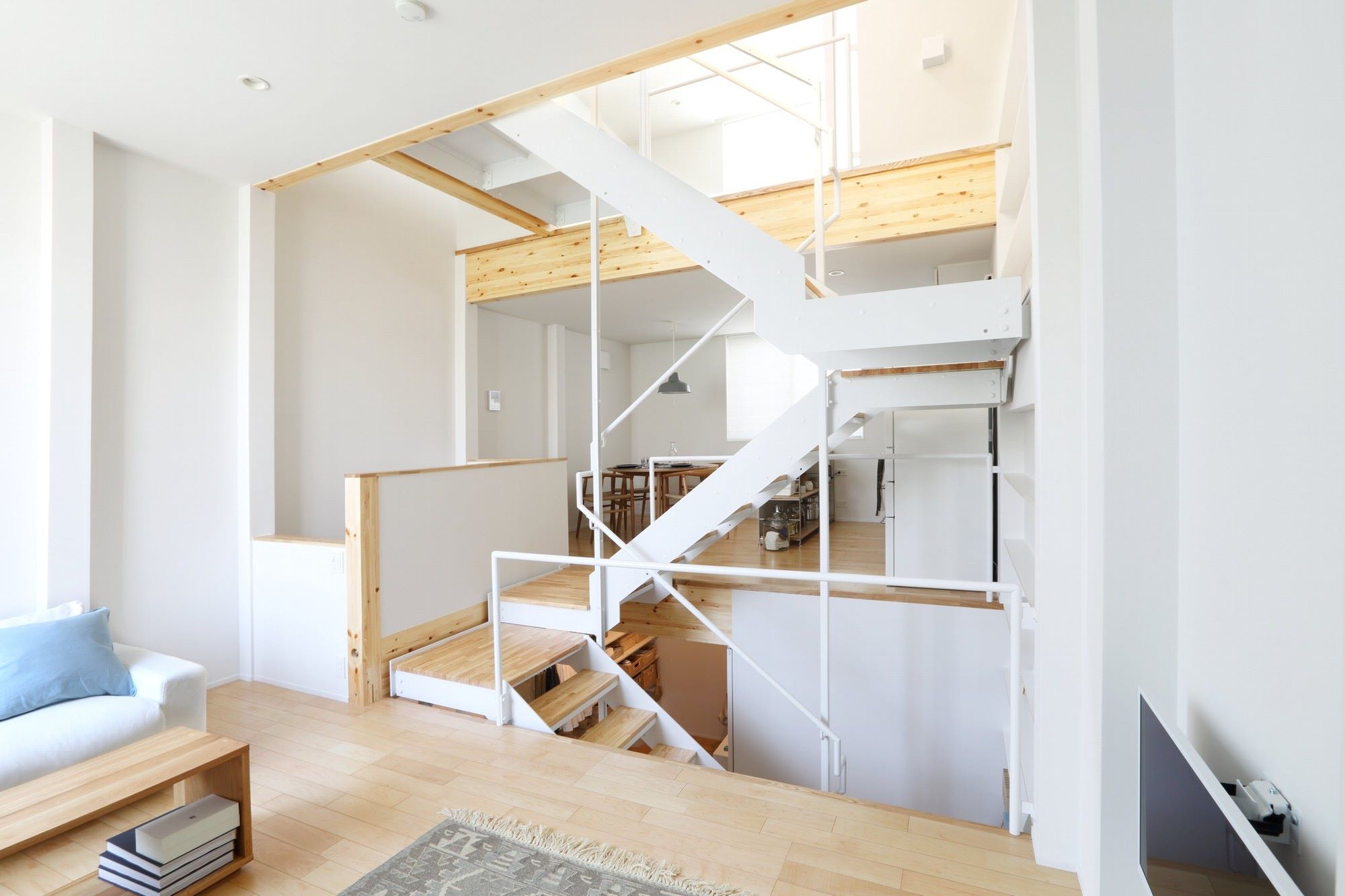


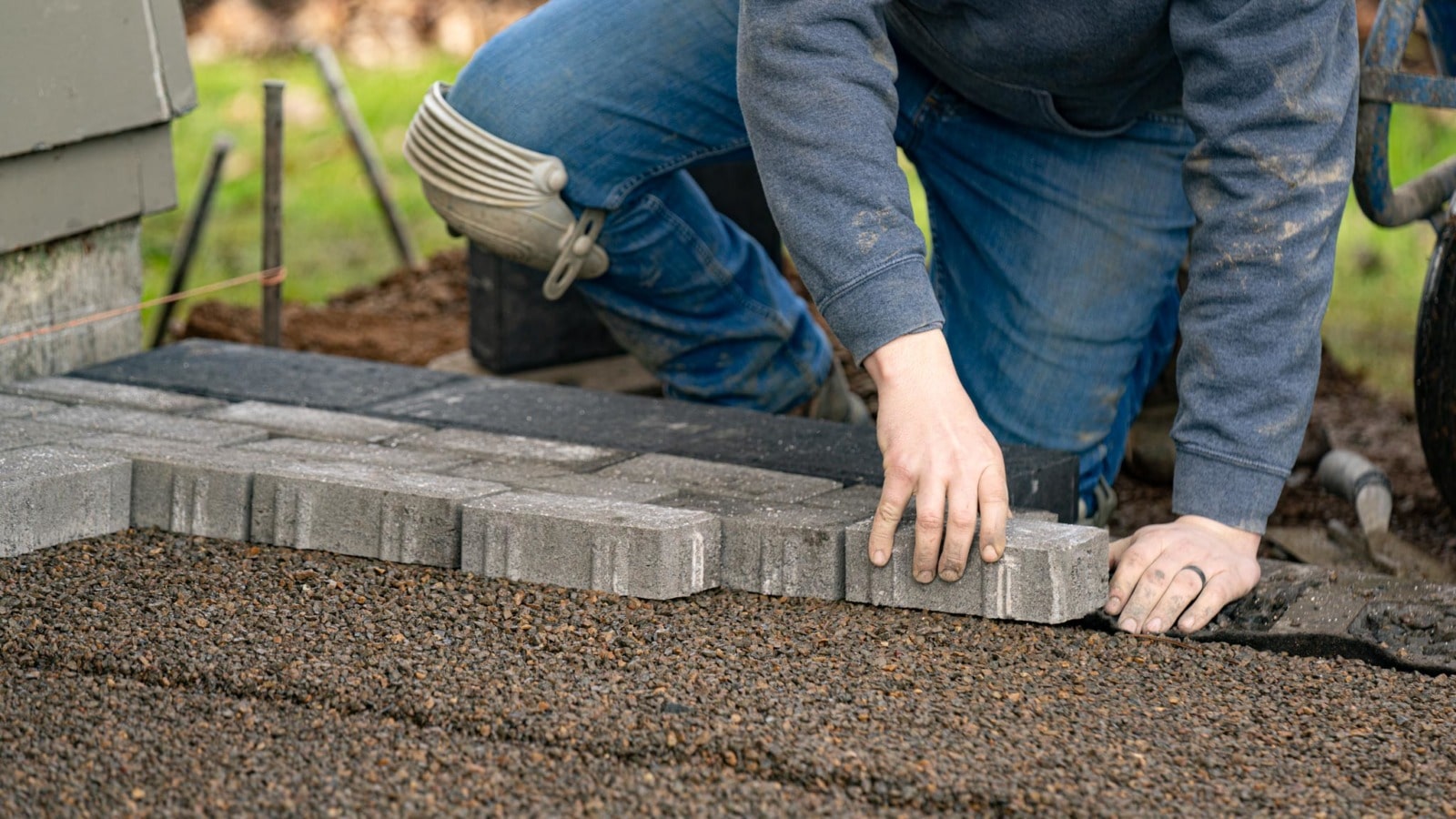

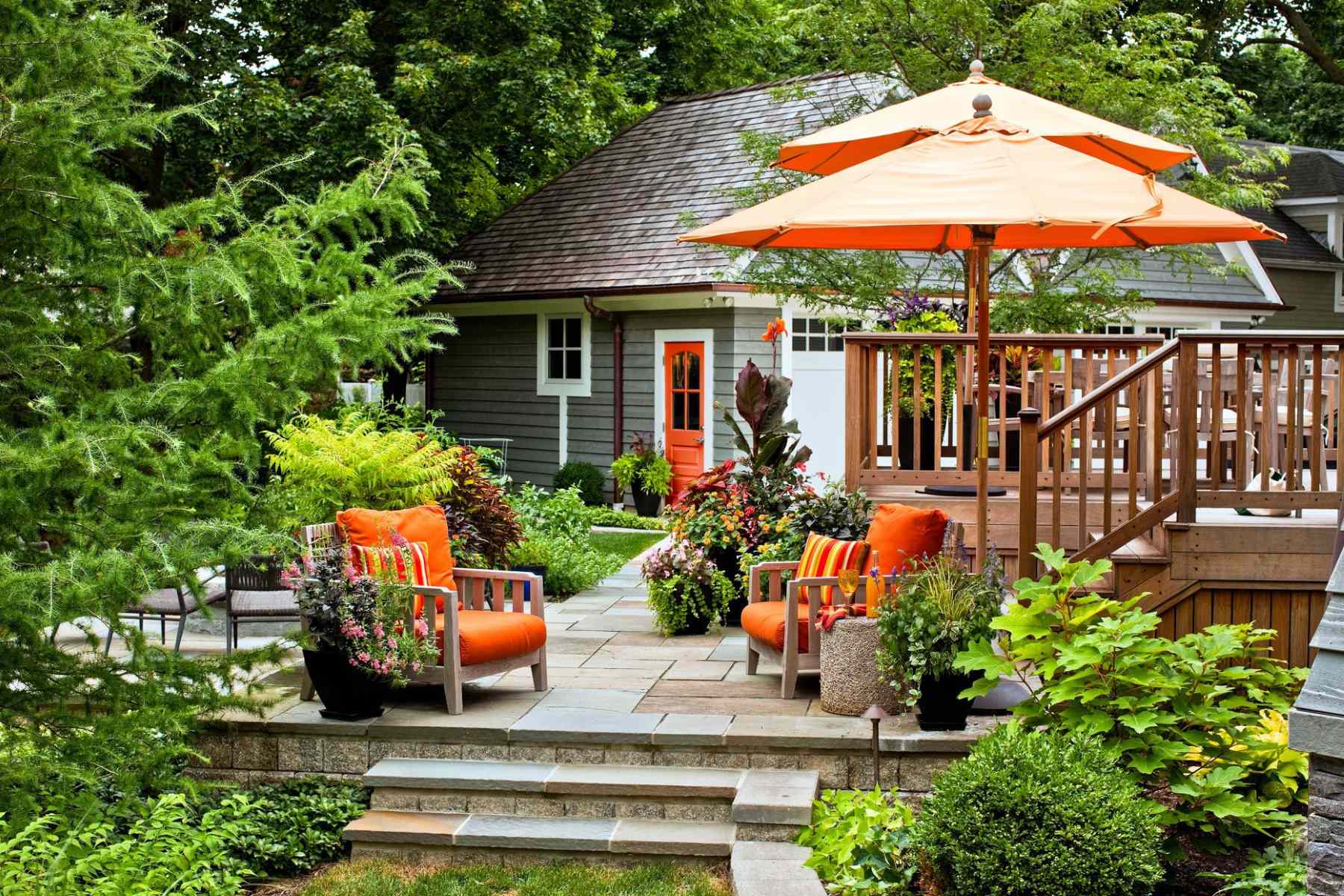

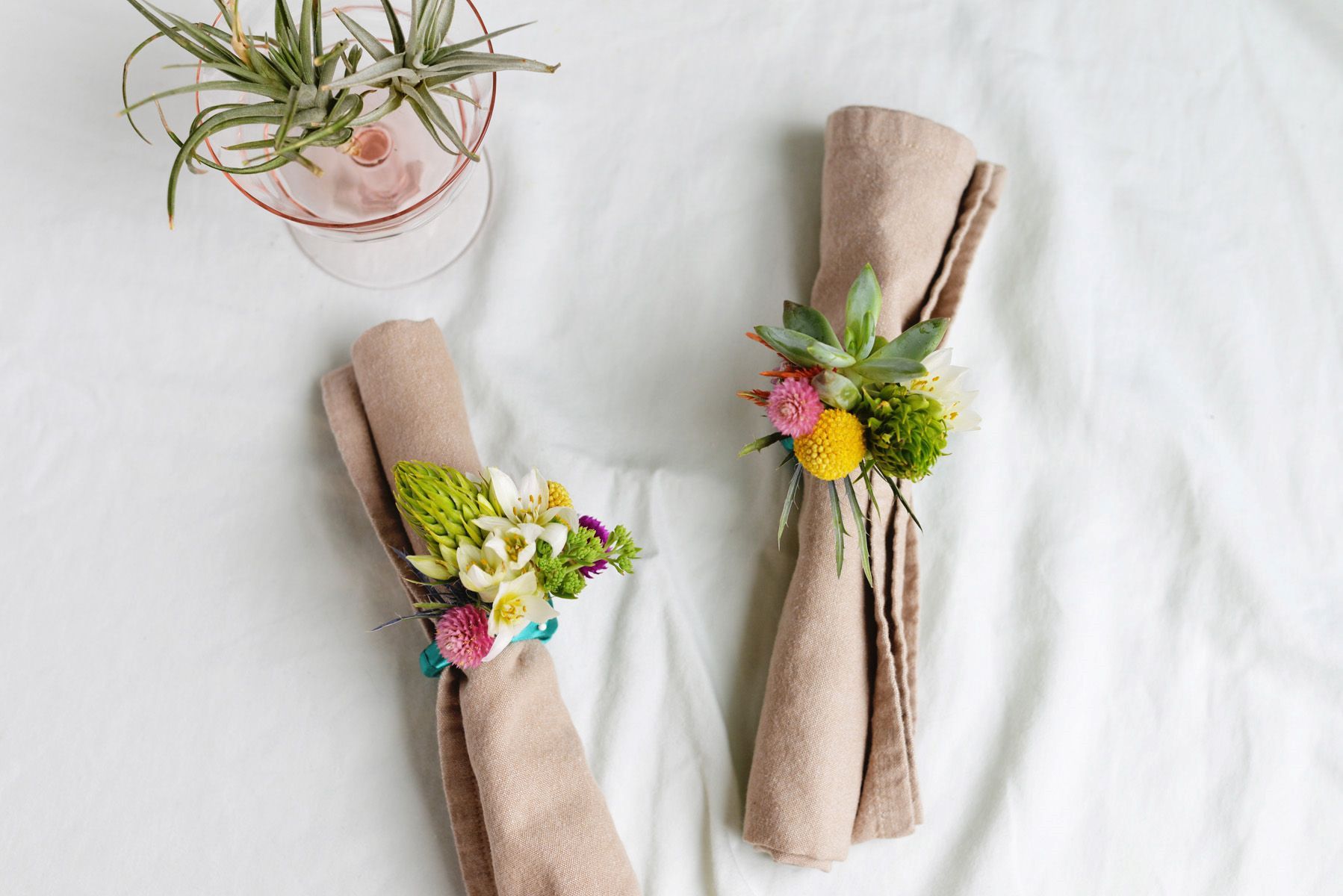




0 thoughts on “How To Do Your Own Landscaping”